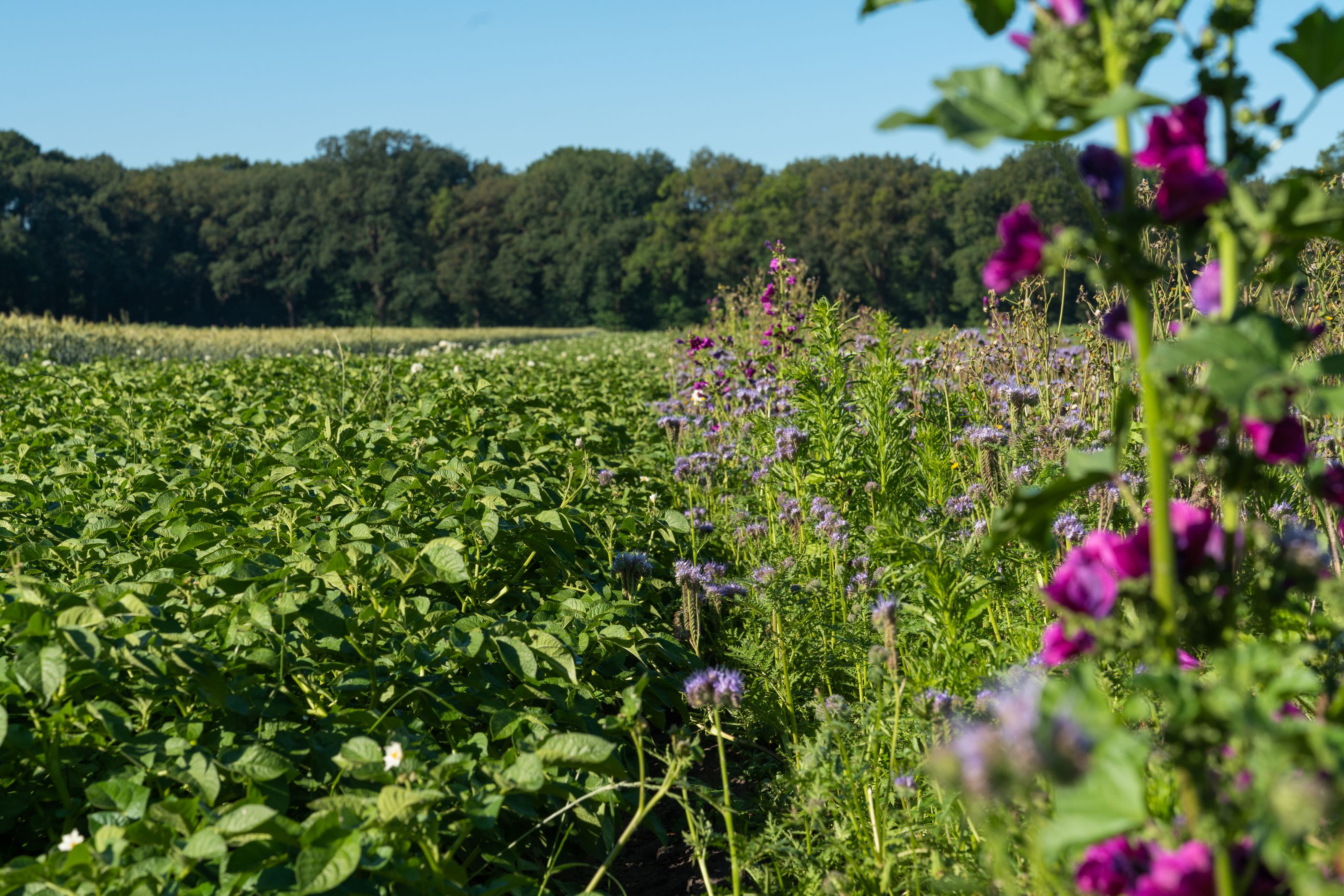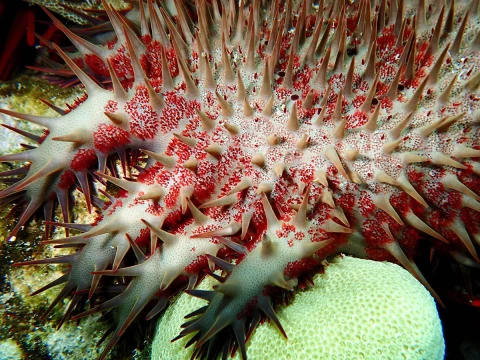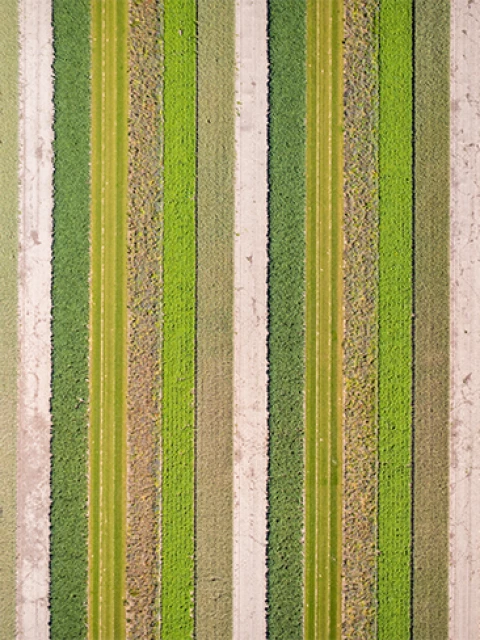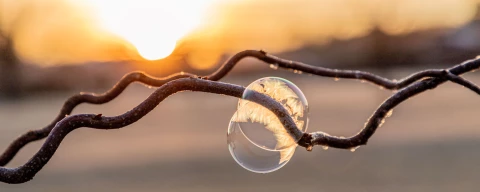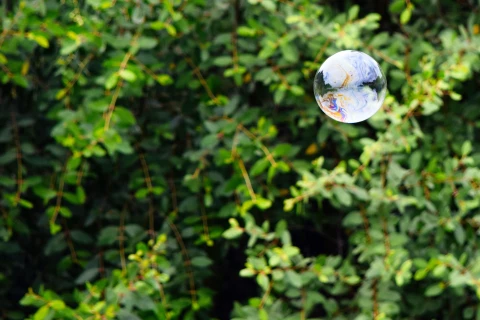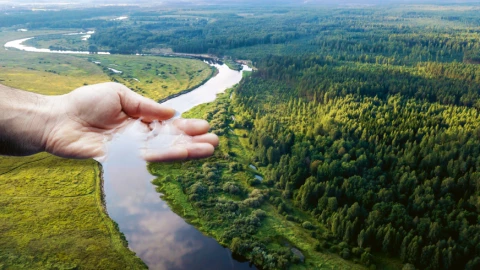Climate change and the loss of biodiversity are major challenges for the agricultural sector. Together with VP Landbouw, a direct participation of VP Capital, we therefore searched for a sustainable form of agriculture. By opting for regenerative agriculture, we want to ensure that VP Landbouw becomes futureproof.
The European Farm to Fork strategy, part of the European Green Deal, states that agriculture can play an important role in slowing down climate change. Grasslands, for example, remove CO2 from the air and store it in the soil. However, soil quality is, partly caused by intensive farming, drastically deteriorating.
Regenerative agriculture focuses on restoring and improving soil quality. The farmer does not deplete the soil, but instead restores soil life. As a result, the soil becomes more fertile and stores more water and CO2. Healthy soil life - which harbours countless organisms - is also crucial to addressing biodiversity loss. This is a win-win situation for biodiversity, climate and drought management. The technique is already more widely used in countries like Australia and the United States. Yet even there, the share of regenerative agriculture is still relatively small. According to experts, 1.5% of cropland in the US is farmed regeneratively.
-lowres.jpg)

